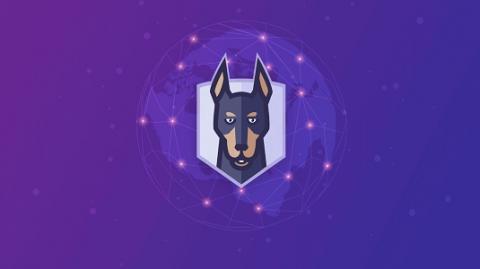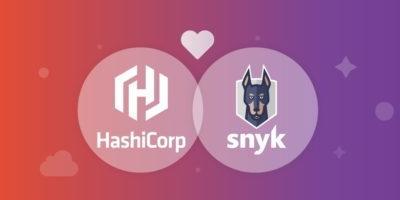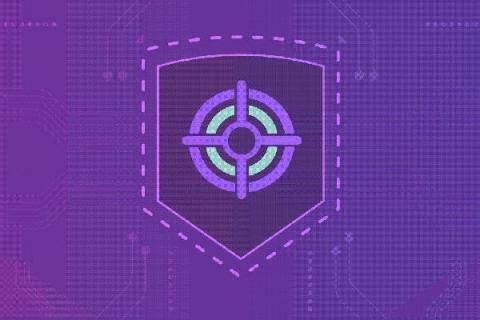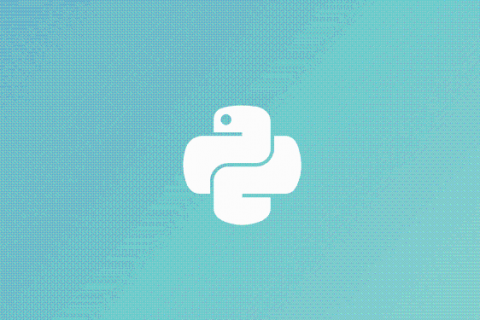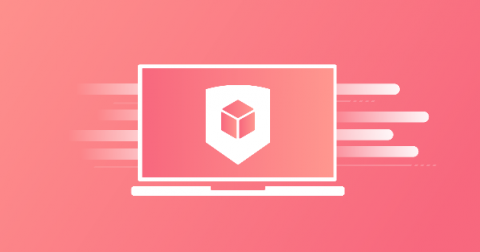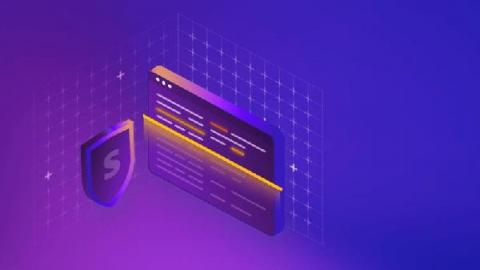Securing S3 bucket configuration and access with Snyk & Solvo
Solvo is empowering developers and DevOps engineers by enabling them to run their cloud infrastructure with least privilege access, at speed and scale. In this article, we’ll go through a workflow combining Solvo’s automatic platform with Snyk Infrastructure as Code (Snyk IaC) to create customized and secured access from a Lambda function to an AWS S3 bucket. This blog was originally posted on the Solvo website.


